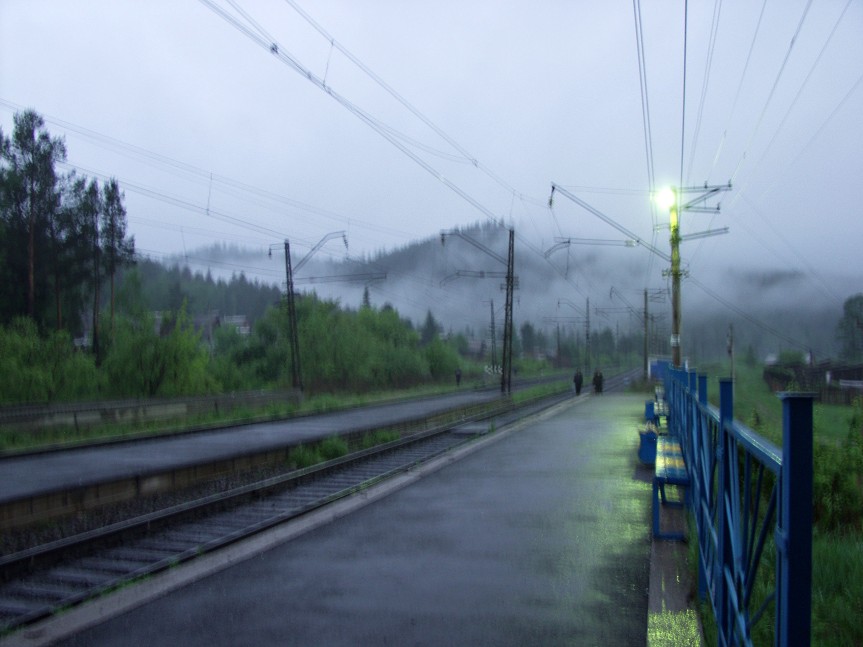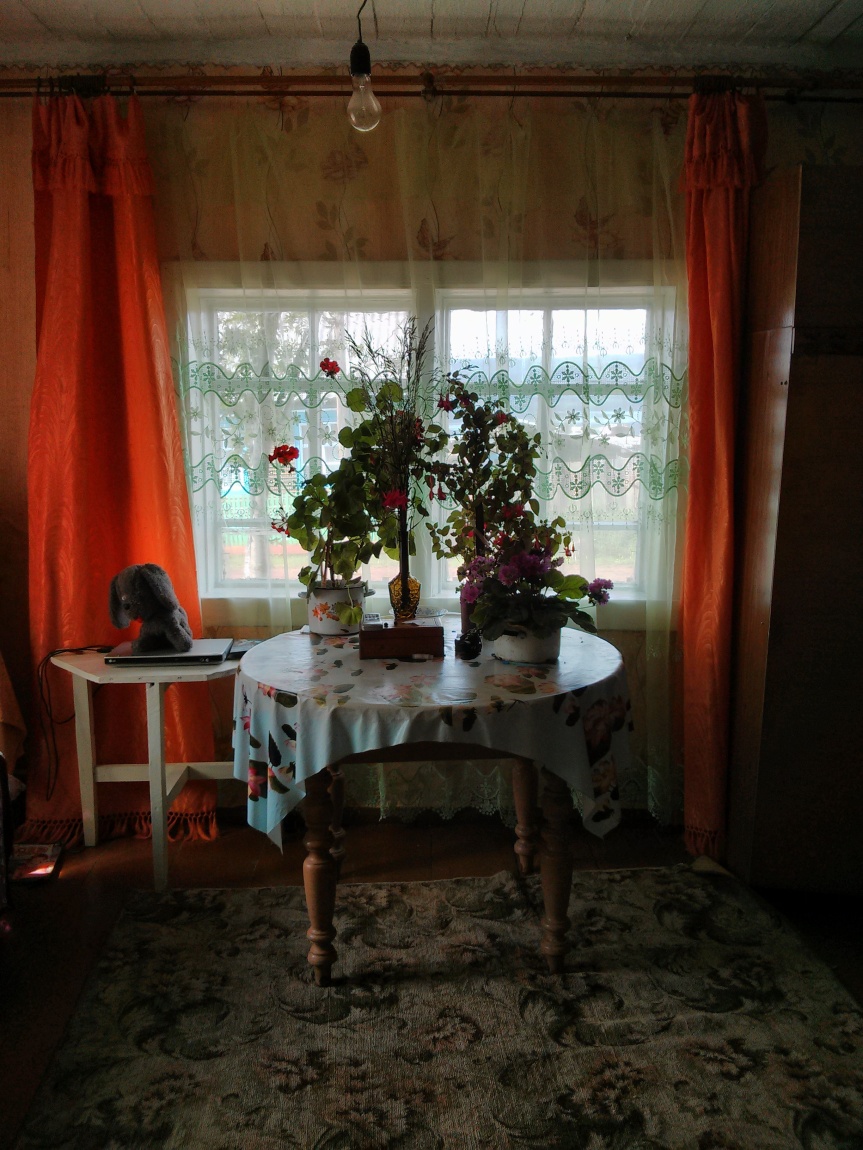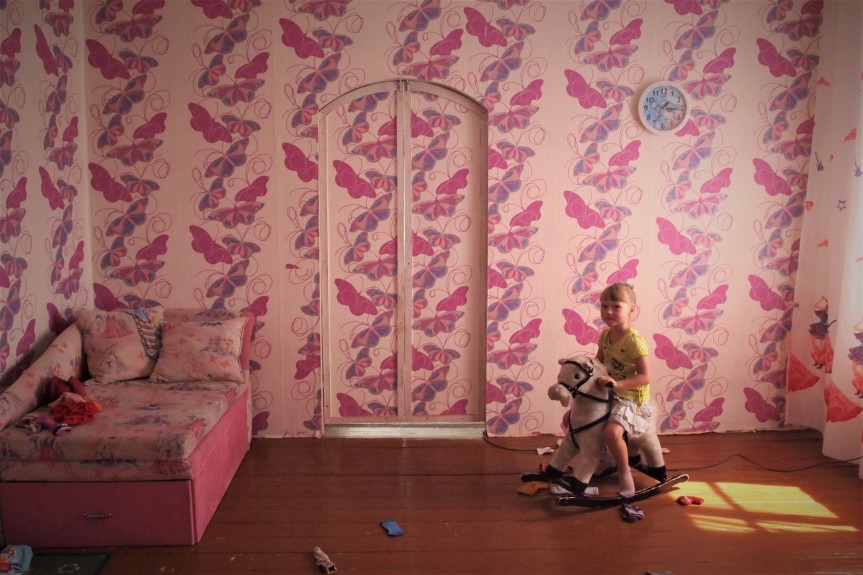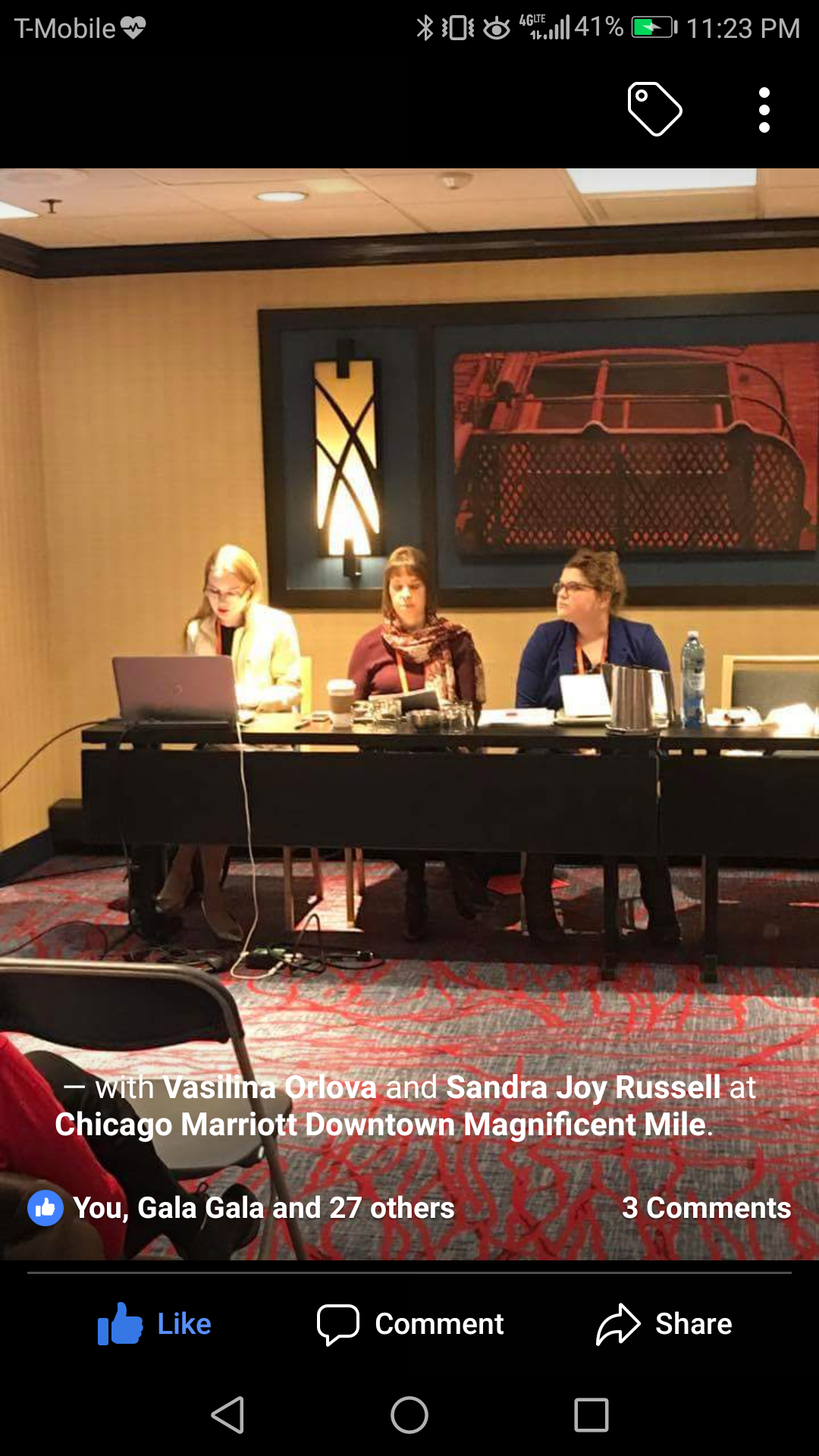With Jonathan Fink, who leads a great YouTube channel where he gathers a tremendous array of voices reflecting on the Russian colonial war against Ukraine, we talked about how to read this war, and what must be some of its reasons.
I maintain that Russian imperialism and a colonial mindset lie at the foundation of what is happening. Empires have been known to collapse for centuries. The Russian empire, which some call the last empire of Europe, continues to collapse throughout its existence. What we observe is a stage of collapse.
I have long been arguing that the collapse of the USSR has not ended with an official date of the dissolution of the USSR but is, in fact, still ongoing. The USSR itself, much as it was framed as an anti-imperial project by its architects and champions, can be viewed as a phase in the collapse of the empire and an imperial project that instituted the Russification practices throughout the territory it controlled.
When Jonathan and I talked about whether de-imperialization and decolonization are the same thing, as he offered, I suggested that decolonization is a process that the people lead against colonization, and de-imperialization is a work of the mind.
We talked about the Russian opposition and its apparent resistance to the idea of decolonization, which they seem to cast as a wish to preserve the Russian Federation as a united country after the war, whereas the colonized people whose republics, regions, and suppressed sovereignties are the current subjects of the Russian Federation, may strive for independence. That makes the national elites part ways with the Russian liberal opposition, with which they are potentially co-travelers only to a certain point but, not beyond.
Anti-Putinism also does not necessarily mean and entail anti-Russian-imperialism, as plenty of critics of Putin either come from the right, insisting that Putin has been too liberal, or think that changing a dictatorship for a democratic order is a cure. However, if the majority of Russian society thinks that Russia is entitled to spheres of influence, that the Russian language must be studied in sovereign countries, and feels like Russians are the victims of the West or subject to the colonialism of “Anglo-Saxons,” then the next Russian elected representative will have to become the mouthpiece of Russian imperialist ideas. There must also be asked a question, why does Russia consistently resort to dictatorship? I am of the position that unless the Russian mindset itself undergoes de-imperialization, changing governmentalities will not bring an end to the suffering.
These and other topics in our enlivened conversation. Thank you, Jonathan, for the invitation and your fantastic themes!











